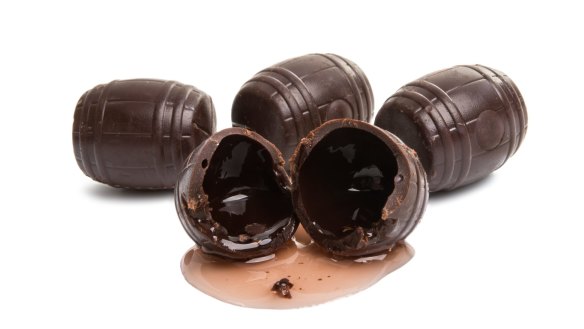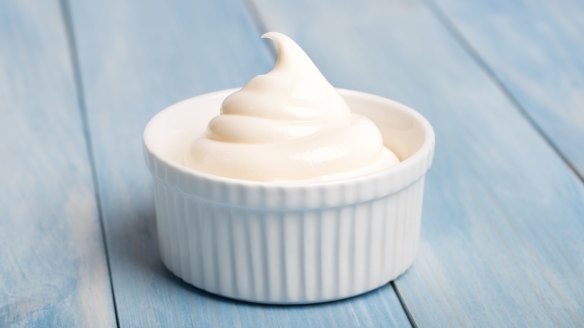Can you get drunk on the alcohol in chocolates?

Can you get drunk on the alcohol in chocolates? I'm wondering if it's safe to let my kids eat liqueur chocolates. A. McMahon
Yes. You can get absolutely Oliver-Reed-strength drunk on liqueur chocolates. You will, however, need to consume a lot. Take a 100-gram block of Cointreau Swiss Liqueur Chocolate. Eight per cent of that by weight is Cointreau, which is around 40 per cent alcohol by volume. So that is around eight millilitres of liqueur per block of chocolate. A standard shot is 30 millilitres so you would need to eat almost four 100-gram blocks of chocolate to get one shot of liqueur. Most people would need to consume more than 700 grams of chocolate to be over the legal blood alcohol limit. To get quite drunk, most would need to eat close to two kilograms. Anyone silly enough to eat that amount of chocolate just to get drunk deserves the hyperglycaemic coma that would likely ensue.
I am scared of getting food poisoning from raw eggs. Can you use cooked egg yolk to make mayonnaise? F. Guild

Eggs are a good source of salmonella, and raw egg mayonnaise has been associated with some unfortunate and preventable incidents of food poisoning. If made and held at an unsafe temperature – above 4C – salmonella can breed and cause food poisoning. All egg mayonnaise sold in supermarkets is made with pasteurised eggs.
You can make an emulsion sauce by mixing two egg yolks with 30 millilitres of cider vinegar, 30 millilitres water, one teaspoon sugar, one teaspoon French mustard, a large pinch of salt and one cup of olive oil in a small heavy-based saucepan. Place over very low heat, stir and allow to bubble. Remove from heat immediately and allow to cool for five minutes then pour very slowly into a food processor at high speed.
You could also consider making the very delicious sauce gribiche made with hard-boiled egg, which is delicious with ham and baguette, on a terrine with cornichons or with poached chicken. Take two small hard-boiled eggs, peeled and finely diced, a French shallot, finely diced, a tablespoon of baby capers, the same of chopped cornichons, sherry vinegar and Dijon mustard, three tablespoons of extra virgin olive oil and a pinch of salt and pepper. Mix well and finish with several tablespoons of finely chopped flat leaf parsley.
Feedback
Last week D. Fotheringham asked, "How does the home cook responsibly dispose of cooking oil?" S. Mc Donald suggested mixing the oil with "washing up detergent and a little milk then dilute with water to use as a spray for citrus as a low-cost, very safe way, to control quite a variety of pests. Also if you have a good compost set-up for all the vegetable scraps, garden leaves and grass cuttings, then the only other requirement is a good nitrogen source such as chicken poop pellets. That blend will happily handle the addition of cooking oil and it definitely does not have to be extra virgin!"
Send your vexing culinary conundrums to brainfood@richardcornish.com.au or tweet to @realbrainfood.
Appears in these collections
- More:
- Food
- Brain food
